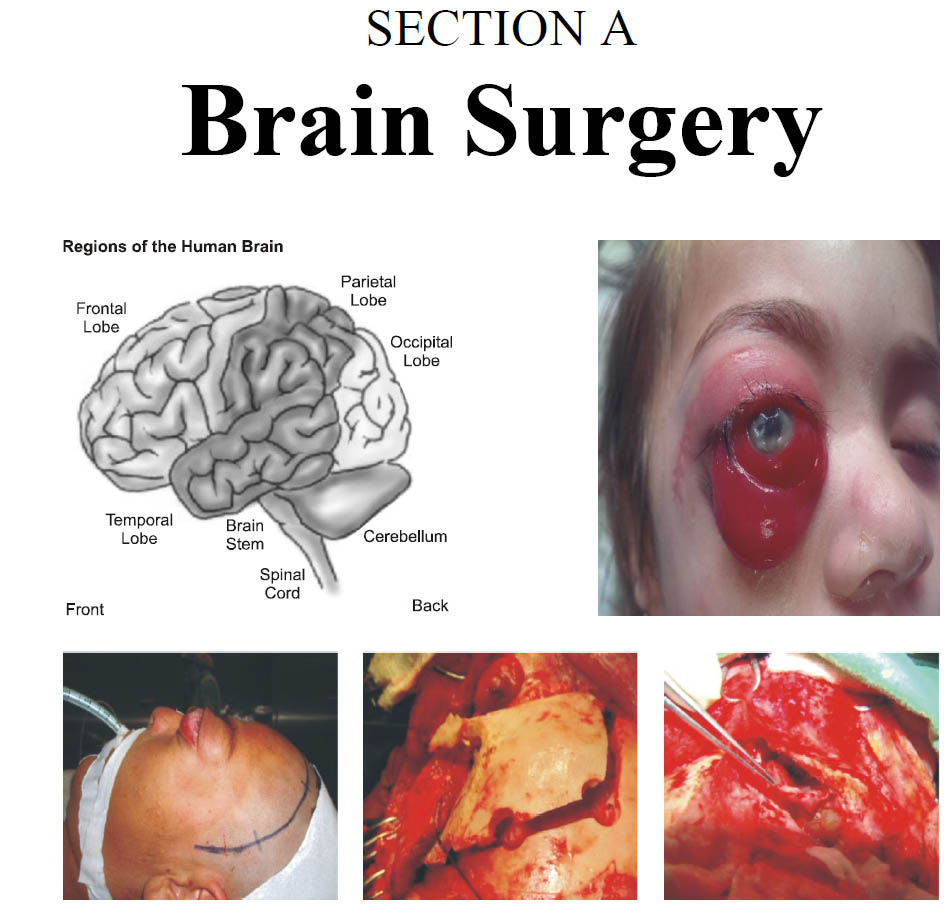Cerebrospinal Fluid Leak after Repair of Congenital Spinal Pathologies, Incidence and Management
DOI:
https://doi.org/10.36552/pjns.v24i3.469Keywords:
Cerebrospinal fluid, Myelomeningocele, Tether cord syndrome, Ventriculo peritoneal shuntAbstract
Objective: To know the incidence of CSF leak and role of tincture benzoyl in the management of CSF leak after the repair of congenital spinal deformities like myelomeningocele, meningocele and tethered cord syndrome.
Materials and Methods: All patients who were operated for congenital spinal surgeries in the form of MMC, Meningocele and TCS by a single surgeon were followed for a minimum of 3 months. Patients with already CSF leak/ruptured MMC prior to surgery were not part of the study. The particulars like gender and type of surgery, days since first surgery, associated infection, hydrocephalus and type of management were noted on a proforma.
Results: A total of 73 patients with spinal dysraphism were operated during the study period and of them about 13 patients returned with problems of the CSF leak. The mean duration and duration since the CSF leak was from 6 days to 16 days. Among them, 10 patients had an MMC repair and one patient had TCS release, while 2 patients were having meningocele repair. The patients were stitched and one patient was re-operated two times for repair of CSF leak. Two patients had a CSF leak along with post op signs of HCP that settled by placing a shunt along with primary repair of the wound reinforced with tincture benzoyl in a single setting.
Conclusion: CSF leak is a common complication following repair of spinal dysraphism and most patients can be managed with the application of tincture benzoyl alone or after simple skin reinforcement.
References
2. Laurence KM. A declining incidence of neural tube defects in the U.K. Zeitschrift fur Kinderchirurgie: organ der Deutschen, der Schweizerischen und der Osterreichischen Gesellschaft fur Kinderchirurgie = Surgery in infancy and childhood, 1989; 44: 1: 51.
3. Sgouros S. Spinal dysraphism. Child's nervous system: ChNS: official journal of the International Society for Pediatric Neurosurgery, 2013; 29 (9): 1415-6.
4. Rodrigues AB, Krebs VL, Matushita H, de Carvalho WB. Short-term prognostic factors in myelomeningocele patients. Child's nervous system: ChNS: official journal of the International Society for Pediatric Neurosurgery, 2016; 32 (4): 675-80.
5. Kim I, Hopson B, Aban I, Rizk EB, Dias MS, Bowman R, et al. Treated hydrocephalus in individuals with myelomeningocele in the National Spina Bifida Patient Registry. Journal of Neurosurgery Pediatrics, 2018; 22 (6): 646-51.
6. Kumar R, Singh SN. Spinal dysraphism: trends in northern India. Pediatric Neurosurgery, 2003; 38 (3): 133-45.
7. Jindal A, Mahapatra AK, Kamal R. Spinal dysraphism. Indian Journal of Pediatrics, 1999; 66 (5): 697-705.
8. Marino Junior R. Multiple use of benzoin as an aid in neurosurgical practice: the watertight benzoin dressing. Arquivos de neuro-psiquiatria. 1979; 37 (4): 373-9. Scardamaglia L, Nixon R, Fewings J. Compound tincture of benzoin: a common contact allergen? The Australasian Journal of Dermatology, 2003; 44 (3): 180-4.

Downloads
Published
Issue
Section
License
The work published by PJNS is licensed under a Creative Commons Attribution-NonCommercial 4.0 International (CC BY-NC 4.0). Copyrights on any open access article published by Pakistan Journal of Neurological Surgery are retained by the author(s).












